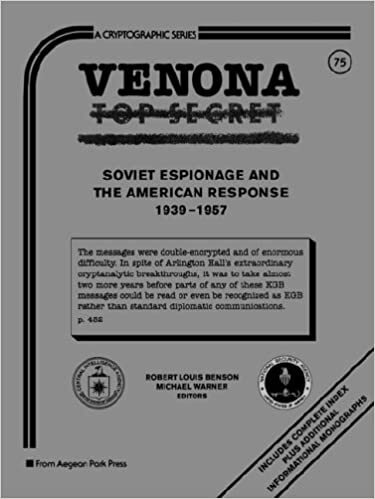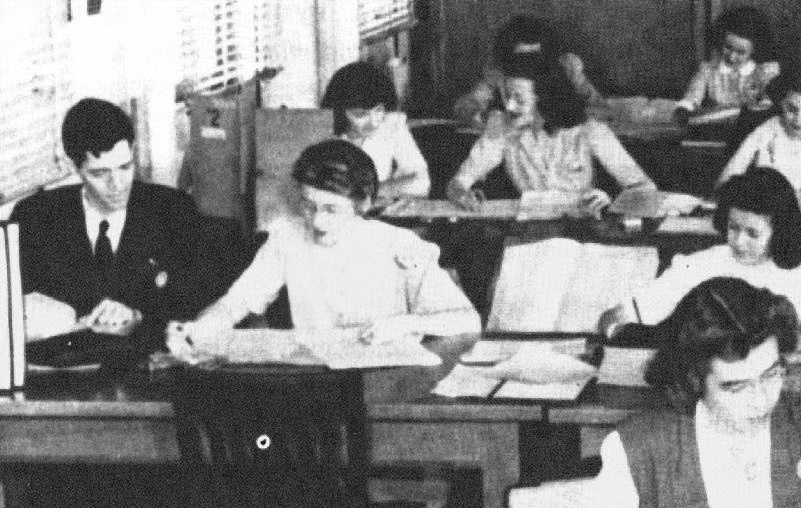The Venona project was a secret collaboration between the United States and the United Kingdom to decrypt messages sent by Soviet intelligence agencies, primarily during World War II and the early Cold War period. It began in 1943 and continued until 1980, although the most significant breakthroughs occurred in the late 1940s and early 1950s. Here are the key details about the Venona project:
Objectives and Origins
- Objective: The primary goal was to decode and analyze encrypted messages sent by Soviet intelligence (NKVD, KGB, and GRU) to uncover Soviet espionage activities in the United States and its allies.
- Origins: The project was initiated by the U.S. Army’s Signal Intelligence Service (SIS), which later became part of the National Security Agency (NSA).

Techniques and Methods
- One-Time Pad Encryption: The Soviet messages were encrypted using a one-time pad cipher, considered unbreakable if used correctly. However, the Soviets made the critical error of reusing some of the one-time pads, which allowed cryptanalysts to eventually break the codes.
- Cryptanalysis: U.S. cryptanalysts, including notable figures like Meredith Gardner, painstakingly analyzed the encrypted messages, identifying patterns and eventually decrypting significant portions of the communications.
Discoveries and Impact
- Espionage Uncovered: Venona decrypts revealed the identities of numerous Soviet spies operating in the United States, including Julius and Ethel Rosenberg, Alger Hiss, and several others in key government positions and scientific communities.
- Counterintelligence Success: The decrypts provided crucial information that led to the arrest and prosecution of several individuals involved in espionage. However, the highly secret nature of Venona meant that the evidence from the decrypts could not always be used directly in court, leading to complex legal and intelligence maneuvers.
- Political Repercussions: The revelations from Venona fueled the anti-communist sentiments of the late 1940s and 1950s, contributing to the Red Scare and McCarthyism. The project underscored the extent of Soviet infiltration and espionage activities in the U.S.

Secrecy and Declassification
- Secrecy: The existence of the Venona project was highly classified for many years. Only a small number of officials and intelligence personnel were aware of its details.
- Declassification: In 1995, the NSA began declassifying the Venona project materials, making a substantial amount of the decrypted messages and related documentation available to the public.
Legacy
- Historical Significance: Venona is considered one of the most successful counterintelligence efforts of the Cold War, demonstrating the vulnerabilities of even the most secure communication methods when mistakes are made.
- Ongoing Analysis: The decrypted messages continue to be analyzed by historians and researchers, providing insights into Soviet espionage techniques and the extent of their intelligence operations in the West.
The Venona project remains a key chapter in the history of cryptography, intelligence, and the Cold War, illustrating the critical interplay between technological prowess and national security.